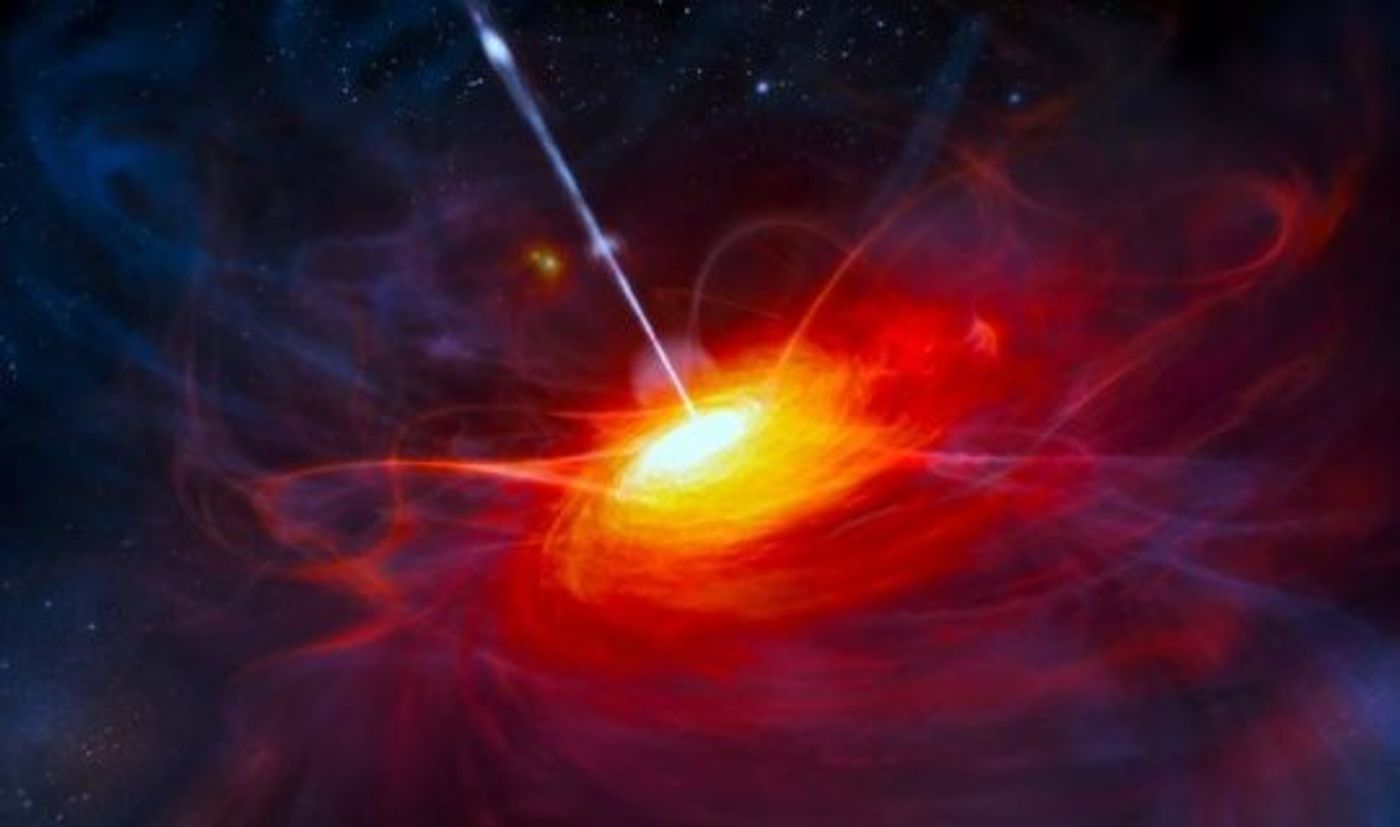Astronomers Find Weird Patch of Ultra-Red Quasars
Quasars are really interesting celestial bodies that scientists still don’t fully understand because of how difficult it is to study them at such great distances. On the other hand, a new study has telescopes pointing directly at a specific population of quasars that are extremely red in comparison to many others.
Quasars are typically linked to black holes, which can often be found ejecting matter at high speeds; this causes us to see light being emitted from it. This ejected matter can often feed quasars.
Generally speaking, most quasars have an orange or red tint to them, which is typical of the types of dust and gasses surrounding them that reacts with the gravitational forces that crush it down under immense pressure.

Image Credit: ESO/M. Kornmesser
On the other hand, research led by astronomer Frederick Hamann in the Monthly Notices of the Royal Astronomical Society reveals that these are some of the reddest quasars astronomers have ever spotted, and they’re all particularly heavily concentrated in this one region in space.
They were found in the Baryon Oscillation Sky Survey (BOSS) by the Sloan Digital Sky Survey (SDSS) and their extreme redness are suggesting to scientists that perhaps they’re really young quasars.
Since they're young, this would mean there's a lot more material around for them to react with. This could explain why they’re so much redder than your typical older quasar, which wouldn’t be as red.
Because the reaction between the material and immense gravity causes the gas and dust to heat up as it illuminates the eerie red color, there is speculation that this process could be inhibiting star formation in the area, as stars typically form by way of cold dust and gas clumping together.
Nevertheless, because there hasn’t been a whole lot of time to study these strange extra-red quasars in detail yet, a lot of the facts remain out of reach.
Additional research may help us to better understand the properties surround them and their formation, as well as to better understand why this particular concentration is so red compared to the run of the mill quasar we see every day.
Source: Science Daily








